A researcher from the Department of Sculpture and Art and Technology (UPV/EHU) has carried out an in-depth documentary analysis and extensive fieldwork relating to Bilbao's industrial heritage. Likewise, he has used multidisciplinary artistic experimentation to show that art can influence the management of this heritage by helping to bring the problem of its obsolescence to public notice, to raise awareness of its fragility and value, and to revitalise the collective memory of Basque industrialisation.
Art helps to raise awareness of the need to revitalise Basque industrial memory
An exhaustive study of the state of the industrial heritage of Metropolitan Bilbao warns of its fragility and the need to enhance its value
- Research
First publication date: 22/06/2023
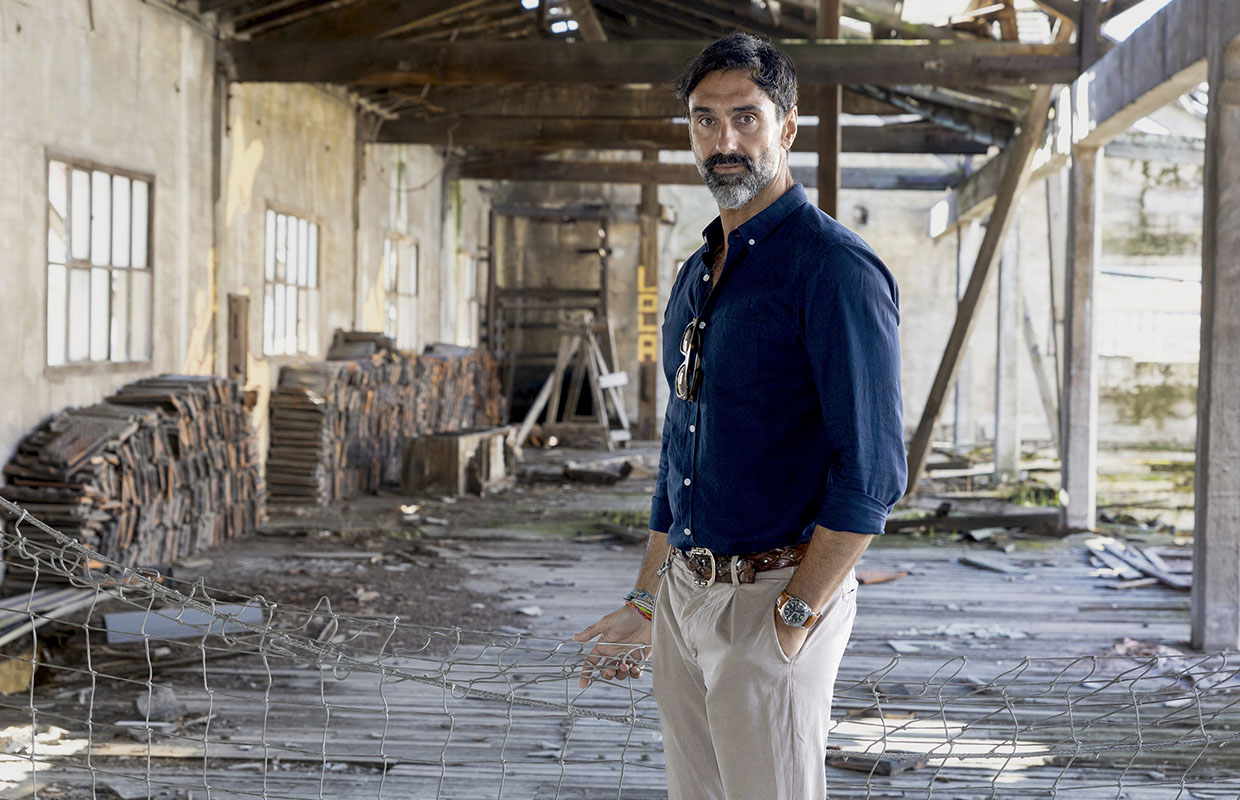
Between the 19th and 20th centuries, the metropolitan area of Bilbao was one of the epicentres of industrialisation in southern Europe. The closure of much of its industrial base set in motion a transition to a new phase which, coupled with a socio-economic transformation, entailed major urban and landscape changes. “In order to facilitate a rapid transition between these eras, a massive demolition of obsolescent industrial facilities was carried out, supported by a public policy of tabula rasa,” said Alberto Salcedo, author of the research of the UPV/EHU’s Department of Sculpture, Art and Technology.
Concerned by the “systematic erasure of the traces of the area’s industrial past, which has led to the disappearance of all kinds of factories, infrastructure, etc.”, and by the “loss of the collective memory of industrialisation”, Salcedo sought to “revitalise industrial memory and heritage through contemporary artistic practices”.
After carrying out an in-depth documentary analysis of the industrial heritage in the archives of the Charter Provincial Council of Bizkaia, the Basque Government and the municipal archives of Bilbao, the author carried out extensive fieldwork “to check all these theoretical data against the reality, and to see what the situation of industrial heritage is like”, explained Salcedo. In this comparison, “a series of clashes emerged, because the data handled by the institutions did not coincide with the actual situation of the heritage, and this spurred me on to produce a series of artistic works”, he said.
In his research, Salcedo found “examples of abandonment, such as the premises of the Grandes Molinos Vascos flour mill and the Talleres de Zorroza –located in Zorroza–, listed as Basque Cultural Heritage, in a state of extreme deterioration and in real danger of collapse”, and this led him to file complaints for crimes against heritage.
Industrial heritage through art
Salcedo stressed that “everyone stands to benefit from the conservation of heritage. We have an industrial wealth that other places do not have, and which, if well exploited, can generate benefits for tourism and the economy”. In this respect, Salcedo worked on nine artistic projects “based on different proposals and using different techniques, ranging from simple photographic records to installations and performative actions”. Through multidisciplinary artistic experimentation, “I have seen how art can revitalise industrial heritage, facilitate its reuse and upgrade it. I think art helps to preserve that memory of industrialisation,” he said. “When you present industrial heritage subjected to intervention through art, you create another way of looking at it: it is no longer seen as old factories and machines that have to be preserved and which don't generate any wealth.”
Salcedo is currently selecting photographs and videos from the 15,000 files collected during the fieldwork. There are recordings of many industrial spaces that have disappeared. In the Department of Spatial Planning he has also come across a repository of video images of demolitions of different factories, of which there was no record. He is working to “make all this material available to research staff and to various organisations and museums”.
Additional information
This extensive study and artistic experimentation was conducted within the framework of Alberto Salcedo's PhD thesis, supervised by Juan Andrés Crego-Morán, lecturer at the UPV/EHU’s Faculty of Fine Arts, within the PhD programme on Research and Creation in Contemporary Art, and was unanimously awarded a grade of “Cum Laude”.
Image gallery
-
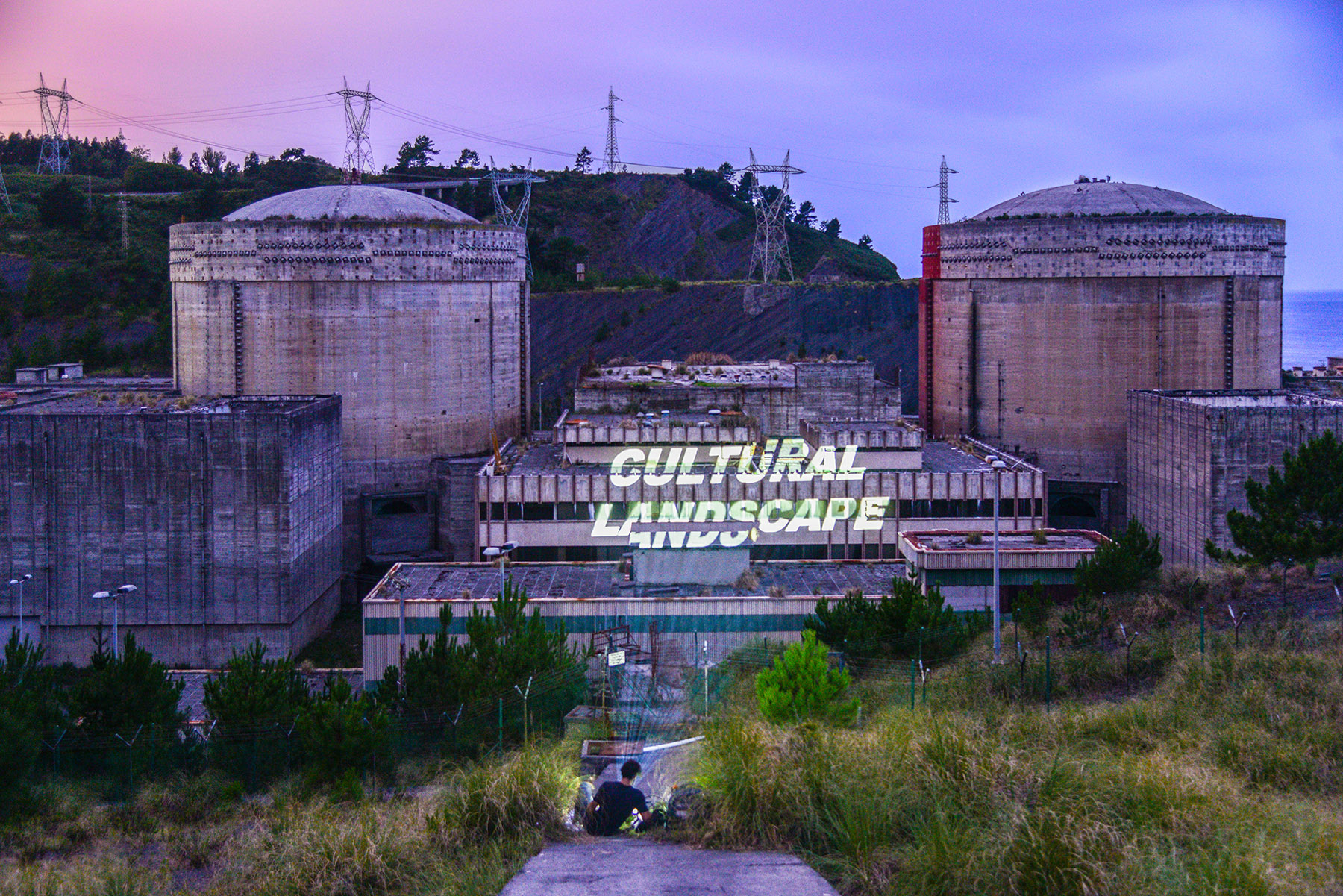
“Cultural landscape” (2021). Action in a public space. To demand that the merging of the ruins of the Lemoiz Nuclear Power Station with the natural enclave of Basordas, already turned into a Basque cultural landscape, be recognised. -
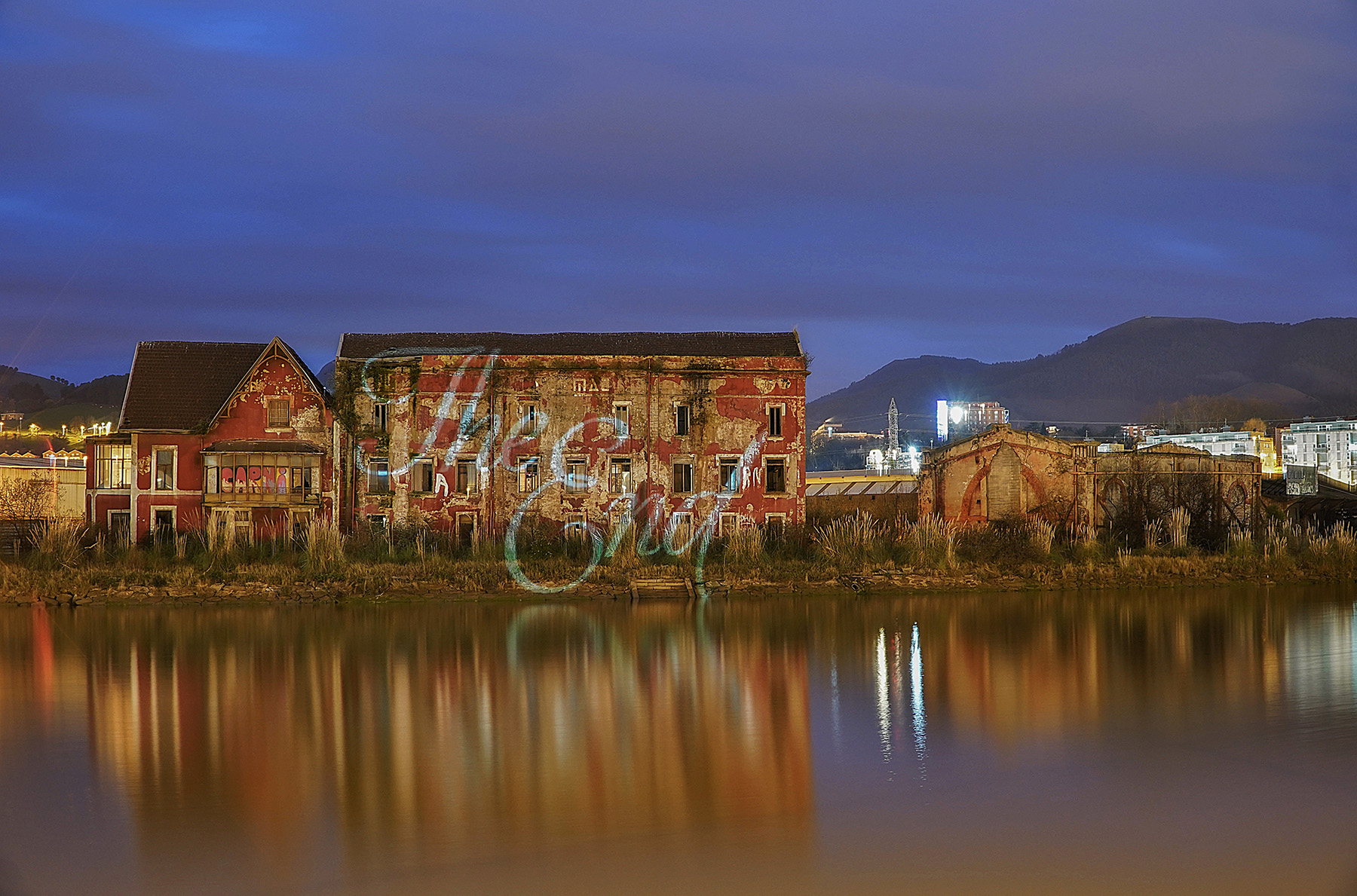
“The end” (2021). Action in a public space. Projection of the text the end on the façade of the Collection of Historic Buildings Talleres de Zorroza, an abandoned and seriously degraded Cultural Asset. -
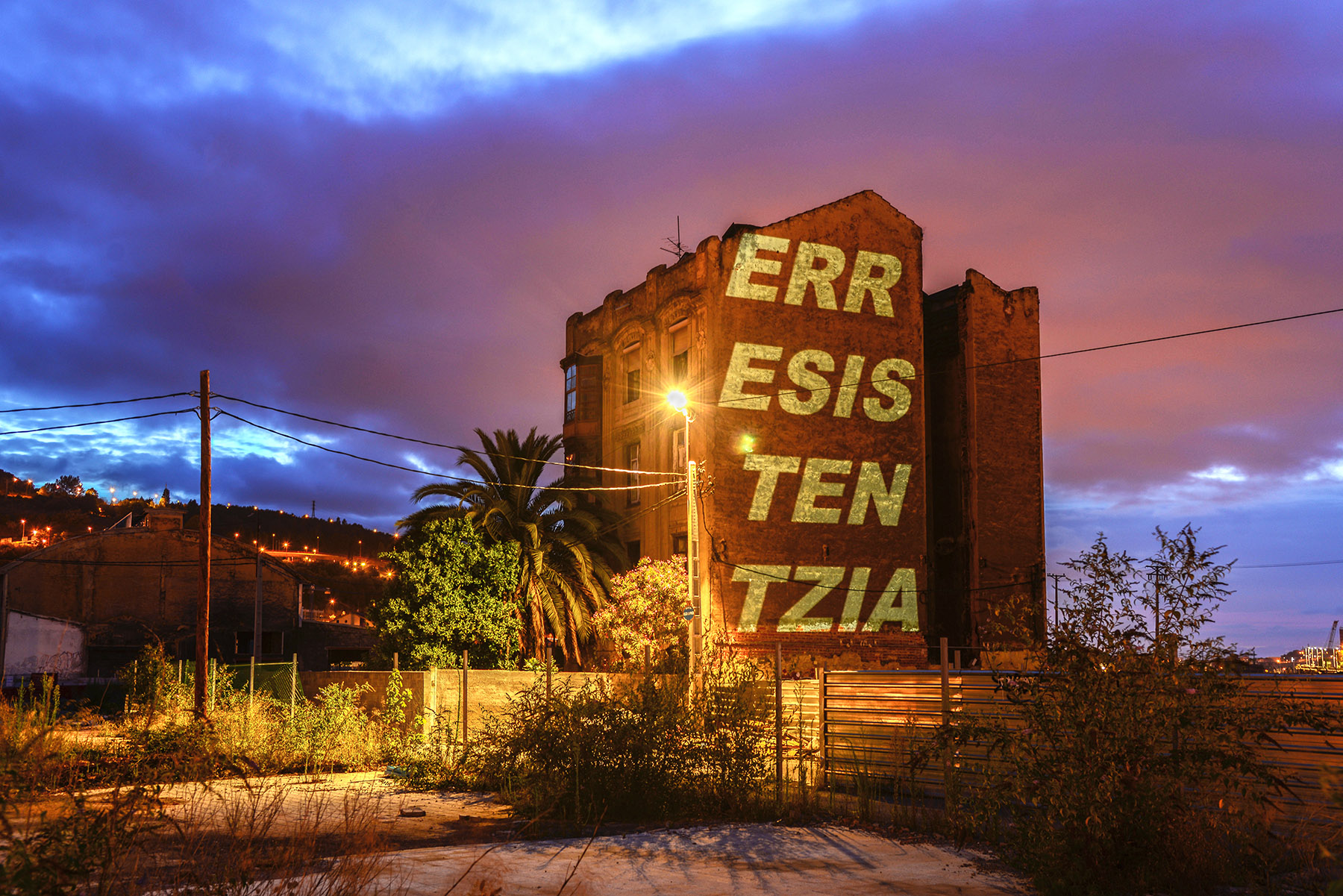
“Erresistentzia” (2021). Action in a public space. Projection of the word erresistentzia (resistance) on the façade of one of the few buildings still standing in the post-industrial transformation of today's Zorrotzaurre island. -
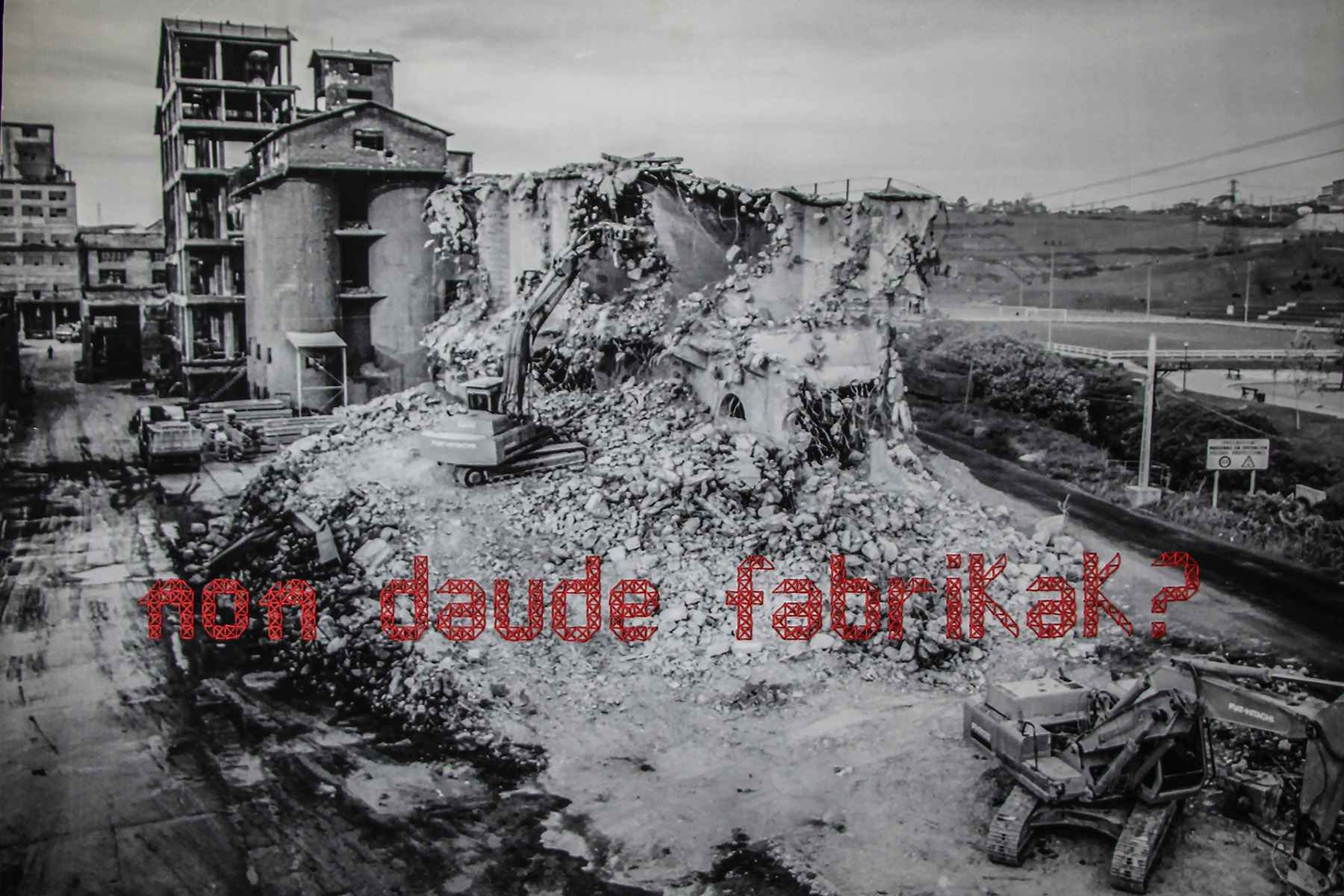
“Non daude fabrikak?” (2021). Intervened photograph. Photograph discovered in the archive of the Basque Government’s Industrial Ruins Demolition Programme; the question Non daude fabrikak? (Where are the factories?) is embroidered in cross stitch on it. This work recalls the factories demolished during the deindustrialization process in the Basque Country, while highlighting the hidden work of women throughout the industrial period. -
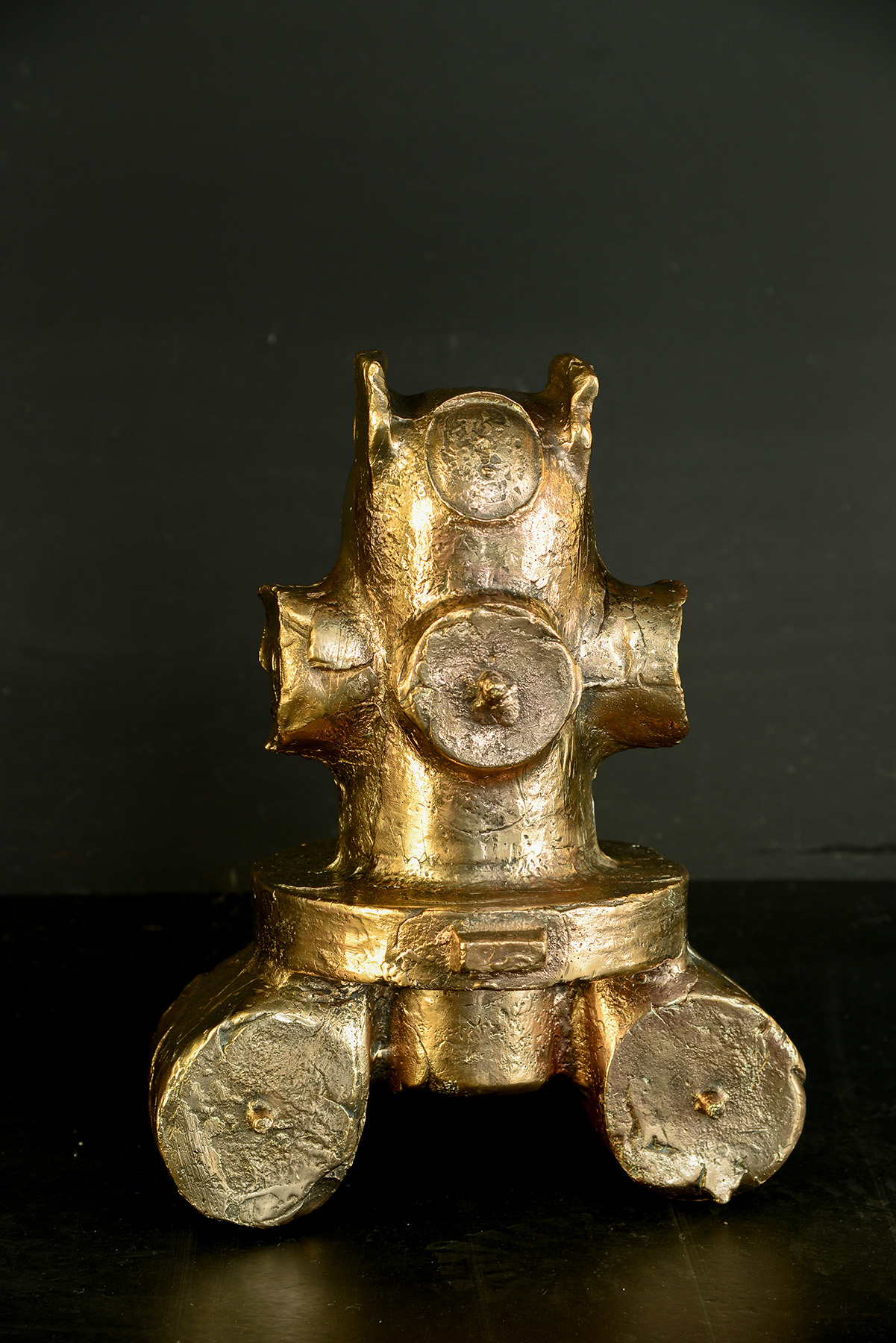
“Olivia C” (2019). Sculpture. Sculptural work based on the industrial models salvaged from the destruction of the Babcock & Wilcox factory in Galindo. -
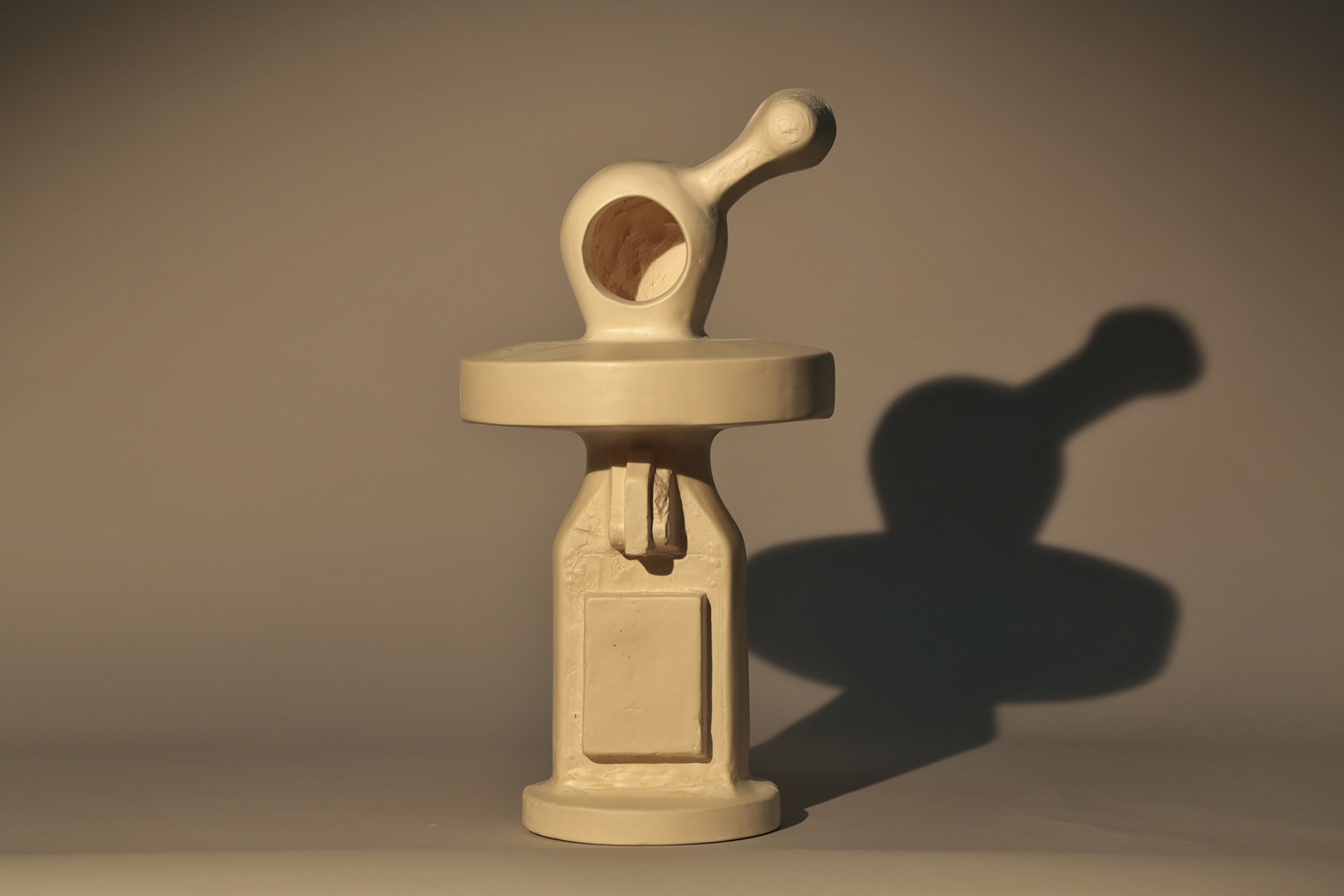
"Izar B" (2018). Sculpture. Sculptural work in bronze based on an industrial model of Babcock & Wilcox, which has since disappeared.



